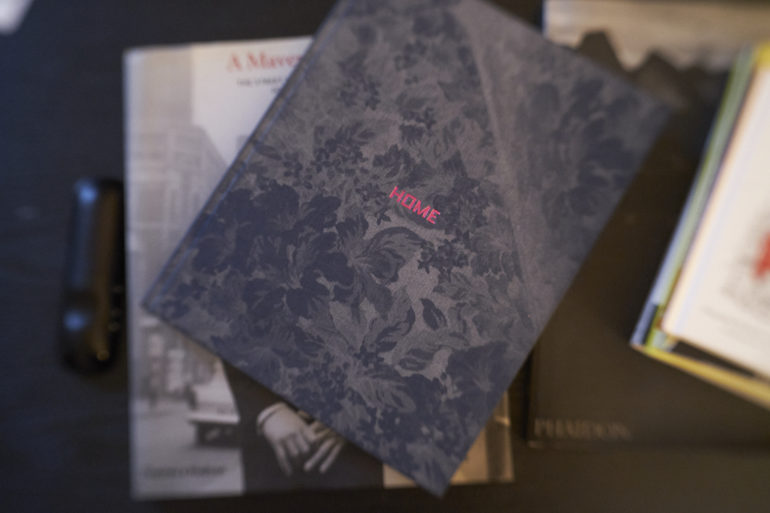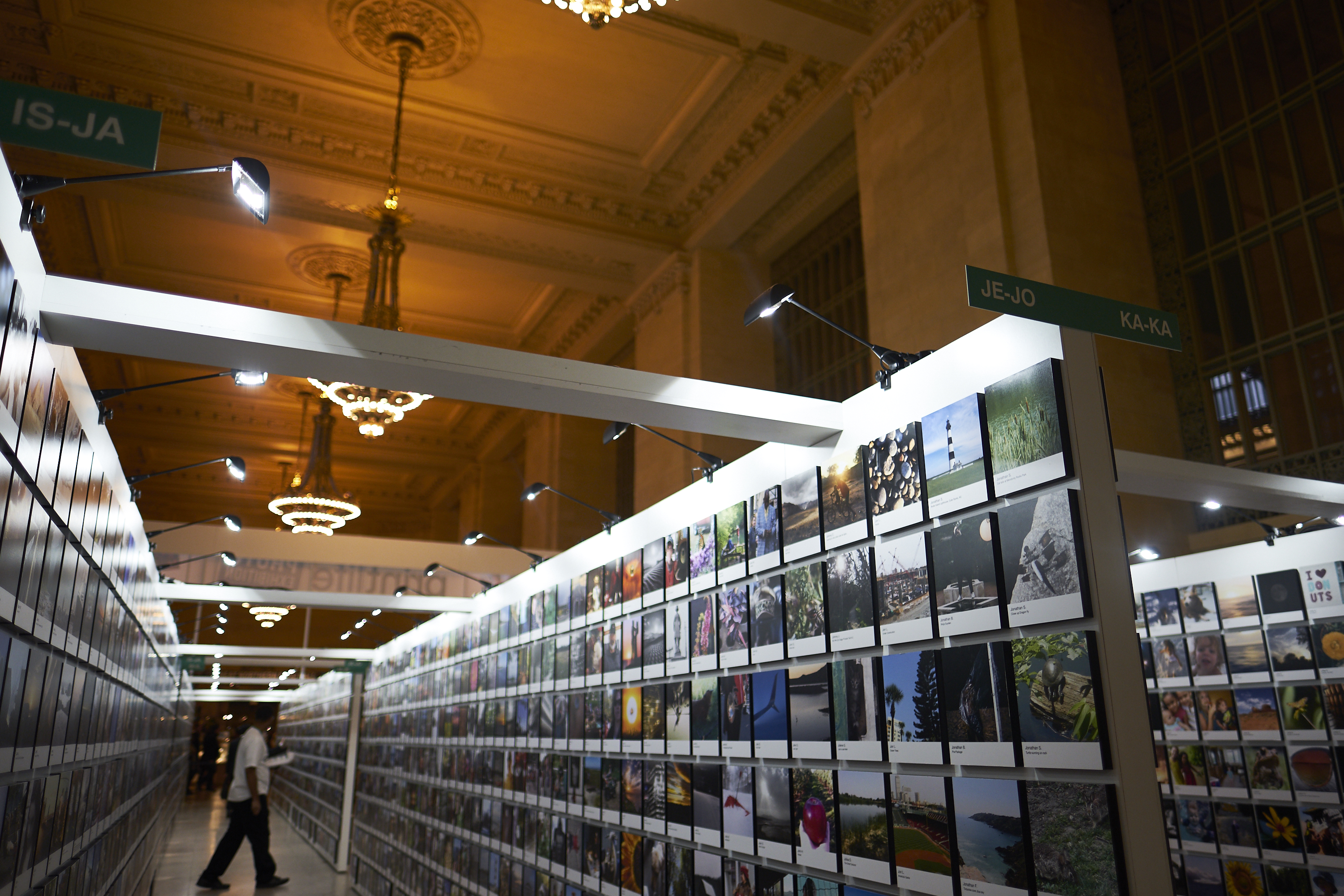COVID-19 is changing how we approach photo exhibitions; in many ways it’s heartbreaking.
Like the rest of the world, the photo industry is working hard to find new ways to stay productive during 2020. COVID-19 and lockdowns have made it impossible for photographers to be as productive as they once were. And while I’m enjoying seeing new creative ways in which photographers are staying active, most of it is extremely sad. One of the biggest changes is the way we attend photo exhibitions. Once reserved for beautiful galleries, most of them are now online. It’s heartbreaking.
“To really appreciate the depth of a photo, one must spend time with it. Scrolling through a feed doesn’t allow for that, and we never truly get to understand the core of why we like a photo.”
Getting Lost in Digital
How we consume images has rapidly changed over the last 10 years. In the past, a photograph was something physical. Today, however, it’s a file, a combination of pixels published on a digital screen. Of course, with the rise of the internet, most images never see print. Instead, they’re uploaded, consumed at all hours by people who go online.
It has, in many ways, made photography more accessible. That’s a good thing. But a consequence of the digital era, in my opinion, is that photography has lost its soul. To consume a photograph is to feel a photograph – you can’t do that on a screen. And to really appreciate the depth of a photo, one must spend time with it. Scrolling a feed doesn’t allow for that, and we never truly get to understand the core of why we like a photo. We did/do have alternatives though.
The Power of Photo Exhibitions
For me, going to a photography exhibition was a big deal. I, like many others, would put on my smartest outfit, look forward to the free drinks, and be open to meeting like-minded people. Most of all, it gave me an opportunity to see fantastic photography in all its glory. It was an event, a night out, something to look forward to.
Seeing physical photographs made my relationship with photography stronger. There’s a bonding process that happens when I see and touch a physical image. Like a blanket to a baby, a photograph gives me a feeling of comfort and security.

I should also point out the same is true with photobooks. Only recently, I spent an hour in a coffee shop, drinking my favorite drink, and taking time with a coffee table photobook. I spent one hour looking at the images. Stroking my fingertips across the pages, I felt like I was almost a part of the photo myself. I was fully immersed in what I was consuming, and the impact on how I felt was electrifying.
A Step Closer to the Digital World
I’m not suggesting photographers shouldn’t adapt. Of course, they should. But it doesn’t stop the situation from leaving me feeling hopeless. It’s an absolute shame for the best work of a photographer to be consumed only in an online gallery. That’s not what photography is. It was never supposed to be this way.
And my biggest worry is even when the doors open and life resumes without restriction, that this will be part of the “new normal.” I dread the idea of people adjusting to consuming photography this way. And we know they will. Again, with social media, we have seen that people already have become accustomed to images on a screen.
Could a physical exhibition become less in demand? Will it be harder for photographers to make and sell photo books? There’s a huge possibility that the answer to both questions is yes. And as someone who loves the art form deeply, it breaks my heart to think of such a world.


